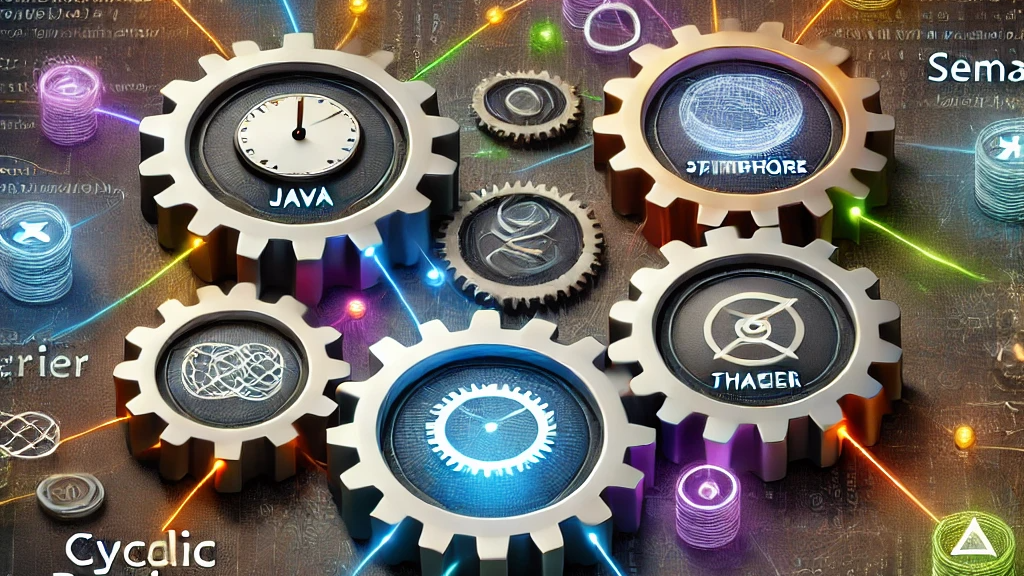
Mastering Multithreading in Java: Part 15 – Callable, Future, and Asynchronous Computations
Introduction
In modern Java multithreading, executing tasks asynchronously and retrieving their results efficiently is essential for performance and scalability. The traditional Runnable interface offers a basic way to run tasks concurrently but lacks support for returning results or handling exceptions. This is where Callable and Future come into play—they provide more robust and flexible mechanisms for asynchronous task execution, result retrieval, and error management.
In this article, we’ll explore how Callable and Future work, their key differences from Runnable, and how to leverage them effectively. We’ll cover their use cases, walk through practical examples, and discuss best practices to ensure reliable and maintainable concurrent code. By the end, you’ll understand how to utilize Callable and Future to handle complex asynchronous tasks with ease.
What Are Callable and Future?
In Java, Callable and Future are essential components for handling asynchronous programming and task execution. They allow developers to execute tasks concurrently and retrieve the results once the tasks complete. This is particularly useful for managing long-running operations without blocking the main thread.
Callable Interface
Callable is a functional interface introduced in Java 5, similar to Runnable, but with significant enhancements:
Callable<Integer> task = () -> {
Thread.sleep(2000);
return 42;
};
Future Interface
Future represents the result of an asynchronous computation. It provides methods to:
Implementing Callable and Future
Here’s a step-by-step guide to executing asynchronous tasks using Callable and Future:
Step 1: Create a Callable Task:
Callable<String> task = () -> {
Thread.sleep(1000);
return "Task Completed!";
};
Step 2: Submit the Task to an ExecutorService:
ExecutorService executor = Executors.newFixedThreadPool(2);
Future<String> future = executor.submit(task);
Step 3: Retrieve the Result:
try {
String result = future.get();
System.out.println(result);
} catch (InterruptedException | ExecutionException e) {
e.printStackTrace();
}
executor.shutdown();
领英推荐
Key Use Cases
FutureTask
FutureTask is a concrete implementation of Future. It can wrap a Callable and execute it as a regular task:
FutureTask<Integer> futureTask = new FutureTask<>(() -> 100 + 50);
new Thread(futureTask).start();
System.out.println(futureTask.get()); // 150
CompletionService
Manages a pool of asynchronous tasks and retrieves results as they become available:
ExecutorCompletionService<String> service = new ExecutorCompletionService<>(executor);
service.submit(() -> "Task 1 Done!");
service.submit(() -> "Task 2 Done!");
for (int i = 0; i < 2; i++) {
Future<String> completedFuture = service.take();
System.out.println(completedFuture.get());
}
Handling Timeouts and Exceptions
Managing delays and errors is crucial for robustness:
future.get(2, TimeUnit.SECONDS);
try {
future.get();
} catch (ExecutionException e) {
Throwable cause = e.getCause();
System.err.println("Task failed: " + cause.getMessage());
}
Best Practices
Conclusion
Callable and Future significantly enhance Java’s concurrency model, offering powerful tools for asynchronous programming. By understanding how to use these interfaces effectively, you can build applications that are more efficient, responsive, and scalable. Whether managing parallel computations or asynchronous tasks, mastering Callable and Future is a crucial step in becoming proficient in Java multithreading.
Previously Covered Topics in This Series: